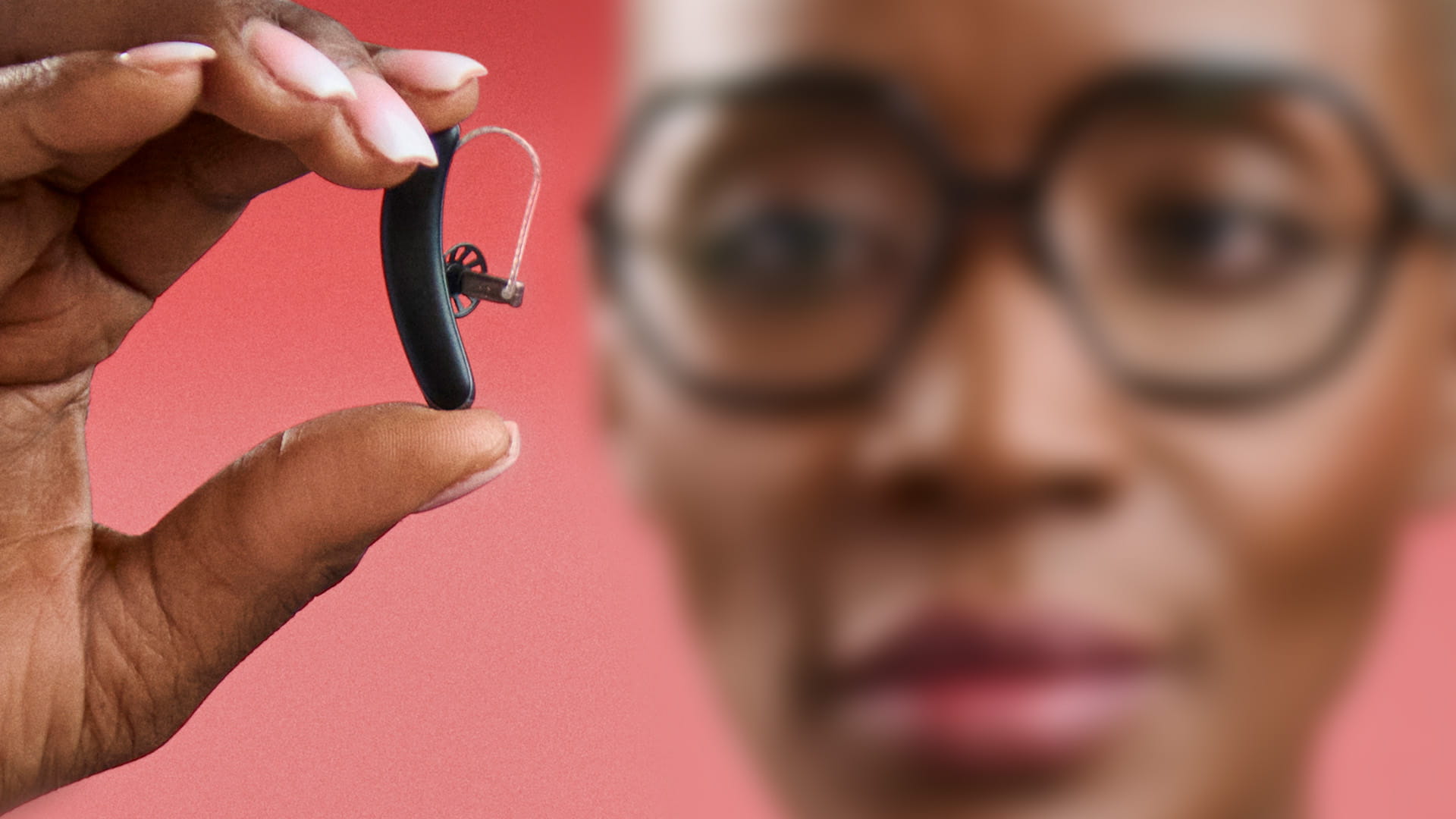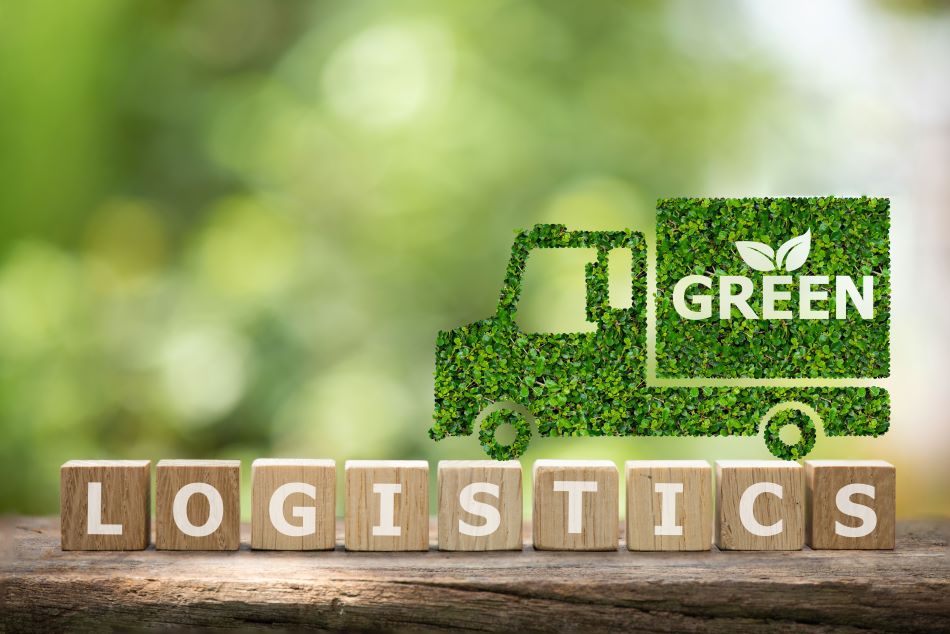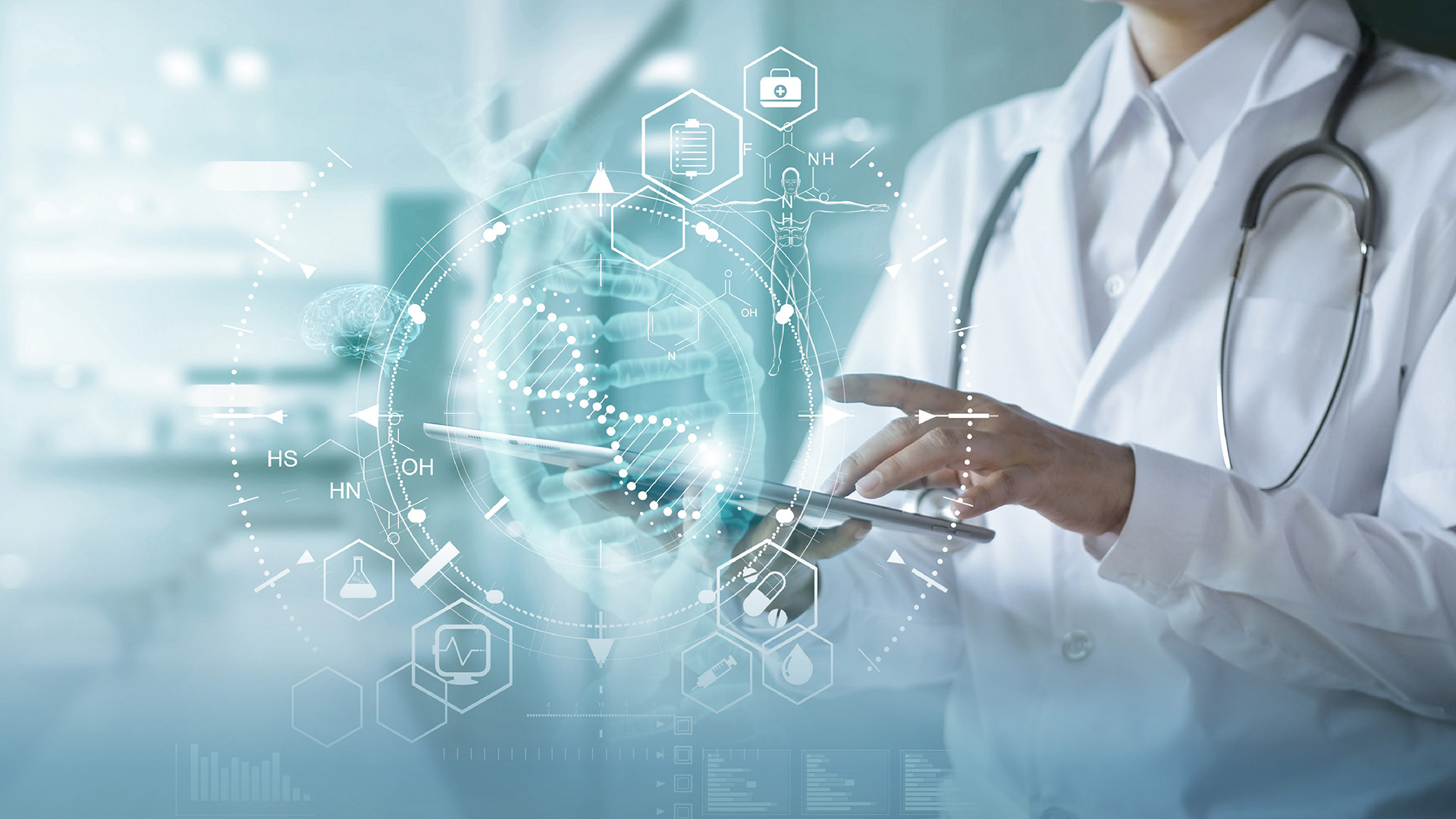The landscape of hearing healthcare in the U.S. is undergoing a profound transformation, driven largely by the rapid advancements in Artificial Intelligence (AI) and Machine Learning (ML). Once a field primarily reliant on manual adjustments and generalized fittings, the future of hearing aid technology is now undeniably intelligent and highly personalized. This evolution is particularly significant in the U.S., where the U.S. hearing aids market projected to reach approximately USD 3.01 billion by 2030, with a substantial portion of that growth fueled by innovative device capabilities. For industry professionals, understanding these shifts is not just an advantage; it is a necessity for delivering optimal patient care and remaining competitive.
The Dawn of Adaptive Intelligence in Hearing Aids
Traditional hearing aid fitting, while effective, often involved a series of in-clinic appointments for adjustments based on audiograms and patient feedback. This process, while thorough, sometimes struggled to fully capture the dynamic and diverse listening environments of daily life. Enter AI and ML. These technologies are fundamentally changing how hearing aids function, allowing devices to adapt in real-time to complex soundscapes and individual user preferences.
Leading manufacturers are at the forefront of this innovation. For instance, Starkey’s recent introduction of Edge AI, building on its Genesis AI platform, highlights this trend. Announced in late 2024, Edge AI features the new G2 Neuro Processor with an integrated Deep Neural Network (DNN) processing unit. This allows for significantly enhanced sound management, improving speech identification by 30% even in challenging multi-talker babble environments.
Similarly, companies such as Elehear unveiled the Elehear Beyond Pro at CES 2025, emphasizing AI-driven features such as real-time translation and customizable tinnitus relief, expanding the scope of hearing devices beyond mere amplification. With its long-standing commitment to AI, Phonak continues to innovate with its AutoSense OS, leveraging machine learning to automatically optimize sound processing for various environments.
Beyond Amplification: Personalized Listening Experiences
The power of AI in modern hearing aids extends far beyond simply making sounds louder. It enables a level of personalization previously unimaginable:
Real-time Environmental Adaptation: AI algorithms continuously analyze the acoustic environment, distinguishing between speech and noise. They then make instantaneous adjustments to optimize sound clarity and reduce background interference, allowing users to focus on conversations in bustling restaurants, quiet homes, or windy outdoor settings.
User Preference Learning: Many AI-powered hearing aids learn from a user’s manual adjustments and preferred settings in different situations. Over time, the device can anticipate and apply these personalized preferences automatically, creating a truly tailored auditory experience.
Enhanced Speech Understanding: Deep learning models, trained on vast datasets of real-world sound samples, are becoming incredibly adept at isolating and amplifying speech, even in highly complex or noisy scenarios, significantly improving speech recognition.
Health and Wellness Integration: Beyond hearing, some AI-enabled devices are incorporating health tracking features, such as fall detection and activity monitoring, showcasing the convergence of hearing healthcare with broader wellness initiatives.
Regulatory Compliance in a Smart World: The FDA’s Evolving Stance
As AI and ML become more pervasive in medical devices, including hearing aids, the U.S. Food and Drug Administration (FDA) has actively developed a regulatory framework to ensure patient safety and device efficacy. The FDA views AI-enabled medical devices through its established premarket pathways (e.g., 510(k), De Novo, PMA) but recognizes the unique challenges posed by adaptive algorithms.
Recent guidance documents, such as the FDA’s draft guidance on “Artificial Intelligence-Enabled Device Software Functions: Lifecycle Management and Marketing Submission Recommendations” and the final guidance on “Marketing Submission Recommendations for a Predetermined Change Control Plan (PCCP) for Artificial Intelligence-Enabled Device Software Functions” (published late 2024 / early 2025), are crucial for manufacturers. These guidelines aim to provide a roadmap for developing, managing, and submitting AI-based products, balancing innovation with the need for rigorous oversight.
The PCCP, in particular, is vital for allowing manufacturers to define and implement planned algorithm updates post-market without requiring constant resubmissions, fostering continuous learning and improvement in AI algorithms while maintaining regulatory compliance. This ensures that as hearing aids “learn” and adapt, they do so within a safe and validated framework.
The Audiologist’s Evolving Role
While AI and ML bring unprecedented capabilities, they do not diminish the role of the hearing healthcare professional; rather, they redefine and elevate it. Audiologists and hearing instrument specialists are increasingly becoming “AI navigators,” guiding patients through a complex technological landscape. Their expertise remains indispensable for:
Accurate Diagnosis: AI tools can assist, but a comprehensive audiological evaluation by a licensed professional is crucial for accurate diagnosis of hearing loss, identifying underlying medical conditions, and determining the most appropriate course of treatment.
Customized Fitting and Verification: Even with self-fitting capabilities in OTC devices, professional fitting and real-ear measurements (REM) ensure optimal acoustic coupling and amplification tailored to the individual’s unique ear anatomy and hearing thresholds. AI can suggest, but the professional confirms.
Counseling and Education: Explaining the nuances of AI features, managing patient expectations, and providing ongoing support for adaptation and troubleshooting are core professional responsibilities.
Managing Complex Cases: For severe or profound hearing loss, or cases with co-occurring conditions such as tinnitus, the nuanced understanding and intervention of a professional are irreplaceable.
The Future is Collaborative and Intelligent
The synergy between cutting-edge AI and machine learning technologies and the expertise of U.S. hearing healthcare professionals is forging a new era in audiology. These innovative hearing solutions are not just devices; they are intelligent companions designed to seamlessly integrate into users’ lives, offering unprecedented clarity, personalization, and even health insights. For professionals, embracing these advancements, staying abreast of FDA regulations, and continually emphasizing the irreplaceable value of comprehensive care will be key to unlocking the full potential of this intelligent future in the U.S. hearing aids market.
















